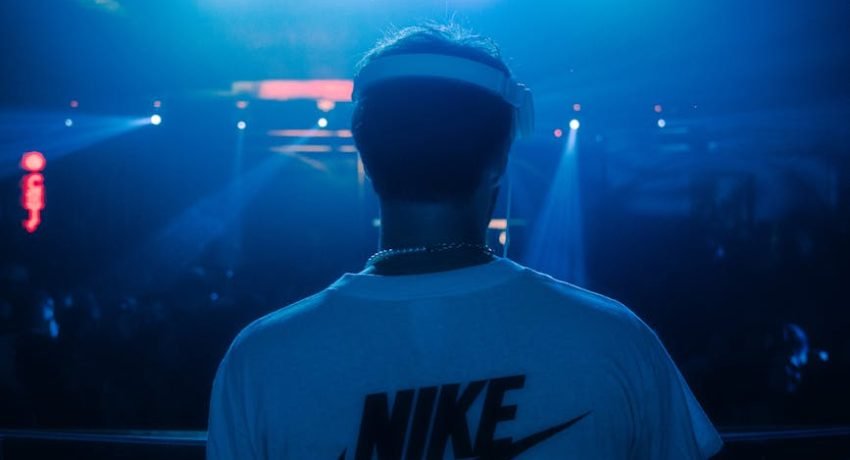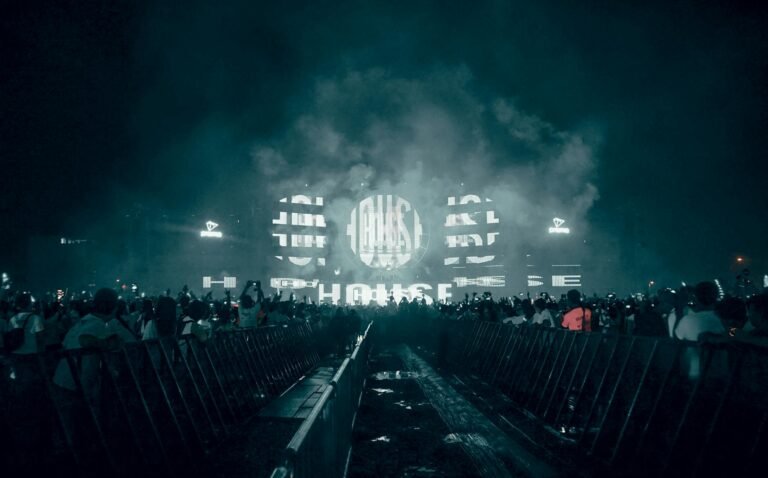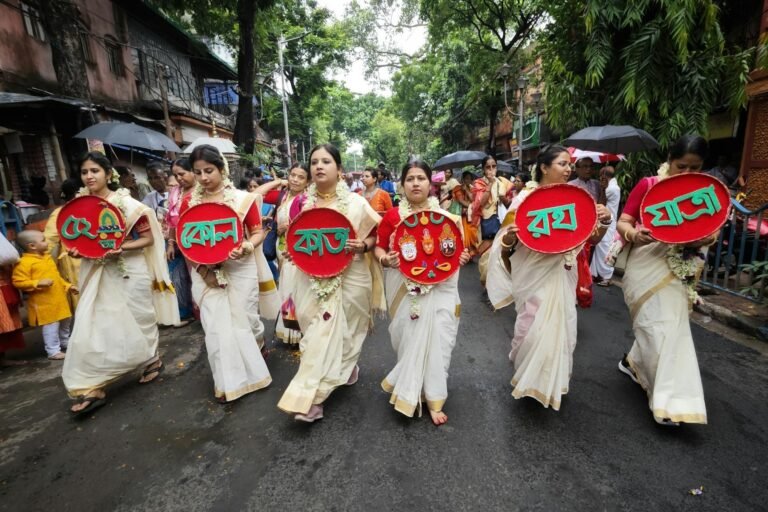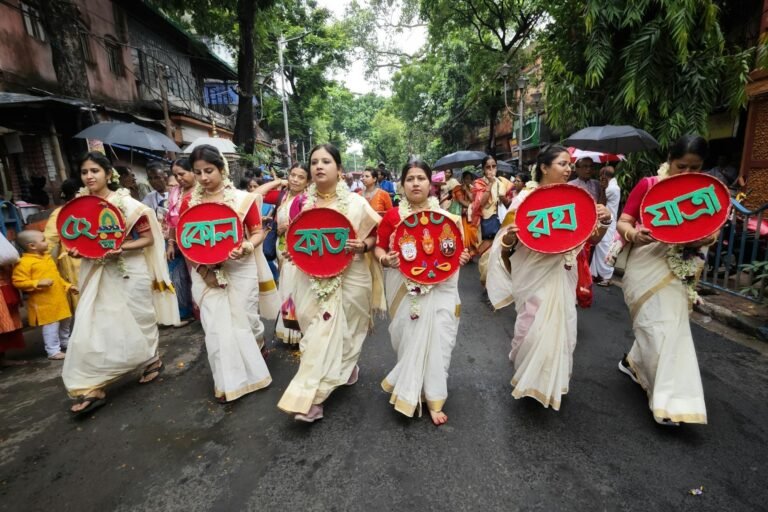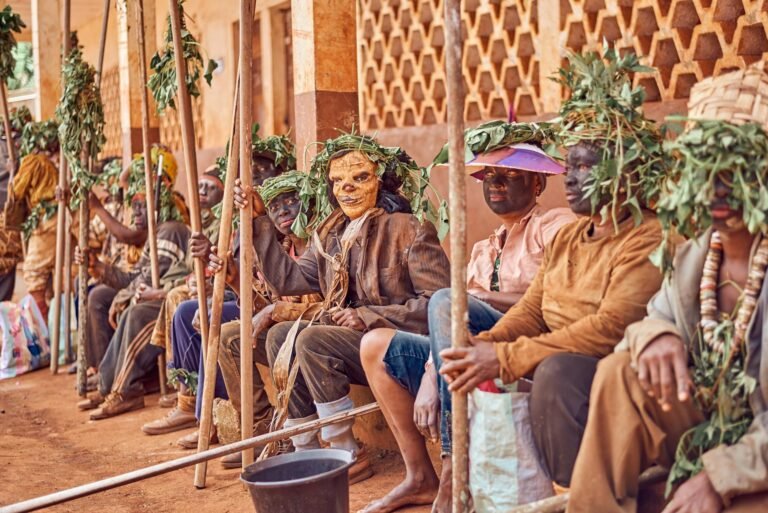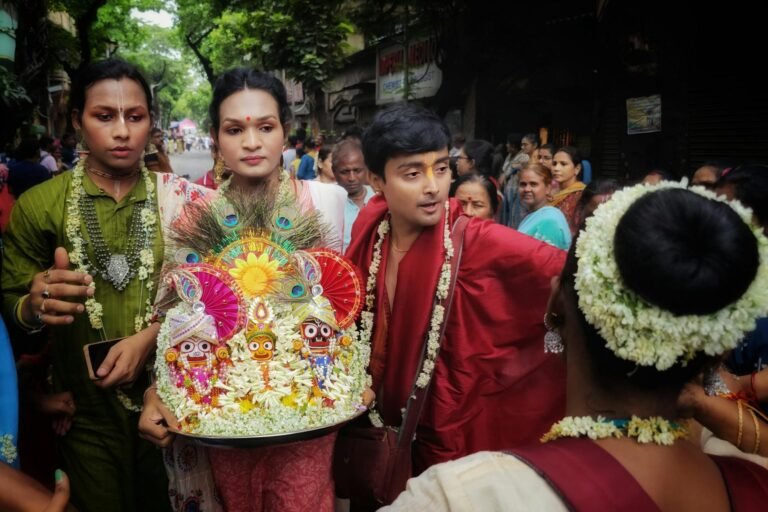Behind the Scenes of Music Festivals
When you peek behind the curtain of organising music festivals, you’ll find these events are like giant puzzle pieces that need to fit just right. Let’s unwrap the structure and money matters of these fabulous gatherings.
Organizational Structure
Getting a music festival off the ground is no small feat. It’s like juggling flaming swords while balancing on a unicycle. You’ve got your main players like employees, sponsors, suppliers, and the folks showing up for the tunes. Then, on the sidelines, you’ve got others like the local community, government folks, media people, and a mishmash of tourist organisations. Each one with a role, from cracking open the purse for funds and sorting out logistics to spreading the word and making sure the locals aren’t upset.
Financial Impact
Now, let’s talk money because every festival needs some serious cash flow. Take Tomorrowland for instance. In 2019, it raked in a cool €20 million profit and put 15,000 people to work. Not just pocket change, right? And back in 2013, it pumped €70 million into the Belgian economy, with €19 million of that coming from folks who’d crossed borders just for the festival vibe.
But popularity comes with its own set of headaches. Think permits, coordinating with the local bigwigs, sorting logistics, and, of course, keeping everyone safe. Festivals today often use smart tech to keep things smooth, especially when it involves cash.
Enter integrated financial tracking—festival organisers’ best mate. It brings all the financial nuts and bolts into one hub. This keeps everything from ticket sales and vendor payments to staff wages and marketing costs neatly sorted. It’s like having a full view of the festival piggy bank, ensuring expenses are in check, and the cash trail is clean.
Grasping how these festivals operate, from who’s involved to what it costs, offers a glimpse into what it takes to pull off something unforgettable for both attendees and everyone else involved.
Festival Marketing Strategies
So, you’ve got the Story Land Music Festival coming up and want to pull in a crowd that would make even the Pied Piper jealous. What’s the plan, you ask? Well, it all starts with the right marketing tricks up your sleeve to turn this shindig into a blow-out bash that folks won’t forget in a hurry.
Target Audience Definition
Listen, you wouldn’t sell ice to Eskimos, right? Know who you’re talking to first. Understanding who your festival-goers are—not just their age and gender but what makes them tick—sets you on the road to success. Nail down their likes, their music preferences, even their food choices. From there, sprinkle your marketing campaign with all the right vibes, and you’ll have them eating out of your hand, figuratively speaking, of course. Create a brand vibe that they just can’t resist, and you’ll see them coming back year after year like it’s their own personal annual pilgrimage.
Promotional Tactics
Want folks chatting about the Story Land Music Festival like it’s the latest scandal? An effective buzz means using every tool in the box. Start with social media. Make hashtags trend and follow with email campaigns that land not in spam but the invitations they can’t decline. Partner with social media influencers who fit the festival’s vibe. Moving beyond virtual reality, rub elbows with local papers, throw in some radio waves, and let word of mouth do its thing with event directory shout-outs. And hey, everyone loves a deal: early bird prices not only create a rush for tickets but also hype the event as the must-grab ticket.
Creating Memorable Experiences
Let’s be real, it’s about leaving a stamp on the hearts of every attendee so they come back talking about it all year. The line-up? Killer. But don’t forget the tasty bites and drink options that make them wish their stomachs were bottomless pits. It’s about that festival atmosphere, the whole package, you know?
Think different. Think outside the box. Add funky art installations, quirky activities, and performances that draw folks in like moths to a flame. This is your chance to innovate. How about giant bubble-blowing challenges or an impromptu dance-off? Wrap it up by creating a laid-back, welcoming vibe that’s both chill and vibrant, and caters to everybody, no matter their walk of life. The Story Land Music Festival ain’t just another date on the calendar—it’s the event you mark with a star, circle, and exclamations, because it’s just that good.
Efficient Festival Planning
Alright, so you’re diving headfirst into the world of music festival planning, eh? Got your eye set on something as grand as the Story Land Music Festival? Well, let’s make it happen with some slick planning moves. To throw a festival folks won’t stop raving about, there’s a trio of essentials you’ll need: top-notch communication, scheduling that practically runs itself, and smart money tracking.
Centralized Communication
Think of centralized communication as your festival’s beating heart. It’s the glue holding together all the teams, vendors, and partners so nobody ends up playing a different tune. Keep the info flowing in one spot, and you dodge the miscommunication headaches while keeping everyone in step, too.
Grab some tools like event software or management systems to keep everything in one place. This smart move makes sure important news, changes, or details get to the right folks fast, keeping all gears turning smoothly from planning to the big day.
Automated Scheduling Tools
When it comes to running a music festival, schedules are like your secret weapon. Automated scheduling tools keep everything on track, from making sure artists and crews know where to be to getting deliveries on time. These nifty tools cut out the human slip-ups while freeing up loads of time for you to focus on the fun stuff.
With these tools, you can whip up detailed schedules that account for every bit of the event. This means everything flows together perfectly, making the festival a breeze for attendees and a hit for everyone involved.
Integrated Financial Tracking
Keeping tabs on the cash is another must-do on the festival checklist. Integrated financial tracking pulls together everything about your finances onto one easy-to-navigate platform, giving you real-time insights. From ticket sales to paying vendors and staff wages, this keeps you ahead of the game.
With all this info at your fingertips, you can budget smart, spot spending patterns, and understand your income without breaking a sweat. This transparency keeps you on budget, with decisions made wisely all throughout the festival lifecycle.
To pull off an unforgettable festival, focus on killer communication, smart scheduling, and spot-on financial tracking. Got these on lock, and you’ll breeze through the pickle of event management, creating awesomeness for attendees and nailing the festival like a pro.
Managing Stakeholders
When it comes to organizing a music festival as epic as the Story Land Music Festival, keeping your stakeholders happy and involved is essential. This section breaks down the nitty-gritty of working with all those involved, from planning who fits where to keeping you in the know with a killer communication strategy.
Stakeholder Categorization
For the festival to hit all the right notes, everyone involved needs to be on the same page. Get your head around who’s who. You’ve got your main crew like employees, sponsors, suppliers, and all the music lovers showing up, then there’s the background crew – the town, the officials, reporters, and the tourist folks. Everyone plays their part, and you can put them all neatly into groups, a bit like sorting your festival playlist for maximum vibes, as LinkedIn chimes in with its wisdom.
Primary Stakeholders:
- Employees – the behind-the-scenes heroes
- Sponsors – the ones opening their wallets
- Suppliers – bringing the goods
- Spectators – those who’ll stomp, sing, and sway
Secondary Stakeholders:
- Host Community – they’ll be talking about it long after
- Government – keeping everything legit
- Media – spreading the word
- Tourist Organizations – boosting local excitement
This separation into groups means when the chaos hits, and it will, you already know who’s who, what they need, and how they like it served.
Communication Planning
Talking to your folks effectively means starting early and saying all the right things to the sponsors, vendors, and artists will pay off many a headache down the road! It’s like messaging your mates before a big night out – the details keep everyone on track. LinkedIn reckons you’ve got to keep the conversation flowing.
Here’s how you nail communication:
- Key Messages: Get your main points sorted so everyone gets the memo.
- Communication Channels: Whether it’s emails, a Tweet, or face-to-face, choose what’s best for each group.
- Frequency: Keep the updates coming, but not too often to annoy – just enough to keep everyone in the loop.
- Feedback Mechanisms: Let your stakeholders have a say. Input and ideas can save the day.
Keeping everyone clued in does wonders for vibes and helps everyone keep their eyes on the prize — an unforgettable Story Land Music Festival.
Strategies for Stakeholder Management
Knowing how folks might react to the festival—excited, meh, or downright grumpy—is a game-changer. Use this intel to craft plans that are spot-on for what each group wants and needs as LinkedIn scribes suggest.
Here’s how you can polish your act:
- Regular Engagement: Keep those channels open, talk often, and listen more.
- Tailored Approaches: Speak to each group in ways that resonate with them.
- Issue Resolution: Don’t shy away from problems; tackle them fast to show you care.
- Acknowledgment and Recognition: Make sure everyone knows their help matters. Throw some appreciation their way!
With these strategies locked and loaded, the Story Land Music Festival can be an all-around win. You, the organizers, will see the trust and support rolling in, risks melting away, and a festival to remember for everybody involved.

